3 ways to get up close and personal to Malaysia’s unique culture
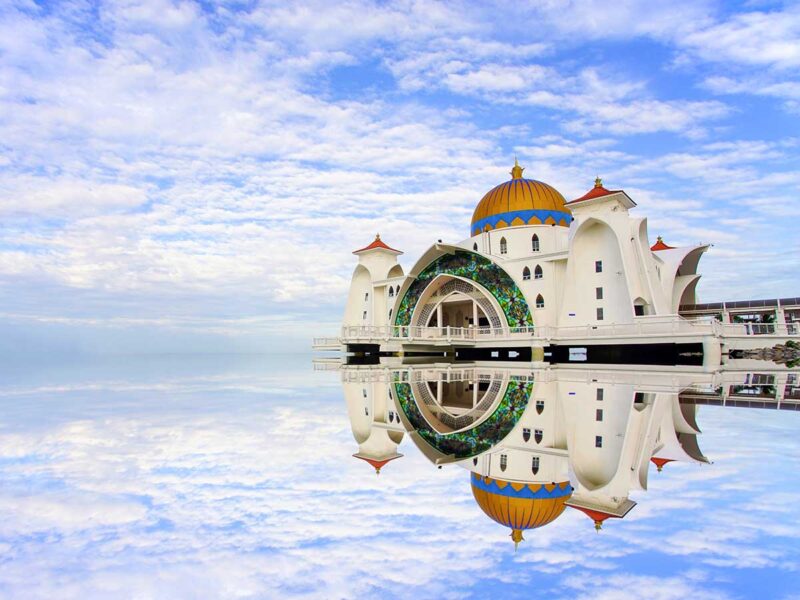
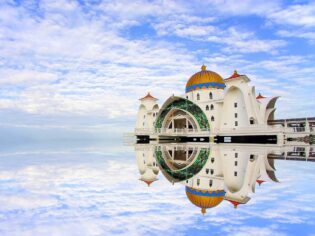
Enter the melting pot of food, architecture and culture that is Malaysia.
| THIS ARTICLE WAS CREATED IN PARTNERSHIP WITH TOURISM MALAYSIA |
Enter the melting pot that is Malaysia and gain fresh insight into our fascinating world.
With sprawling rainforests, bustling city centres and coastal strips shimmering in the unwavering sun, Malaysia consistently cements itself as a sun-chaser’s dream destination. Throughout its long, complex history, Malaysia has evolved and adapted to cater for its steadily growing population; a distinct mix of Malay, Chinese, Indian and other indigenous ethnic groups have all made contributions to the Malaysian culture we see today. From the architecture and culture to the cuisine, no place proudly showcases multiculturalism quite like this tropical slice of bliss.
Comprised of 13 states, three federal territories and two regions split by the South China Sea, it can be a tall order to see and do everything that makes the country one-of-a-kind. To truly get a feel for the deep roots of Malaysia’s heritage, divide the trip into three bite-sized holidays: Malaysia’s UNESCO World Heritage sites, Malay culture and its Indigenous influence.
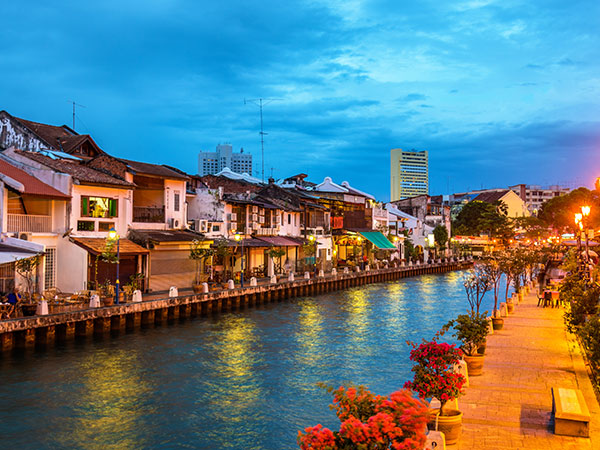
Step into Malaysia’s unique history and culture.
1. UNESCO World Heritage sites
Take a quick one-hour flight from Kuala Lumpur to Penang, home to delectable dishes that promise to keep mouths salivating long after the first taste. The cause of this mouth-watering phenomenon is the diverse culinary influence sparked by the cultural landscape of Penang. Across hawker markets and Michelin-starred restaurants, you’ll find unique flavours, like Peranakan cuisine, a Chinese and Malay fusion that draws from the best elements of both.
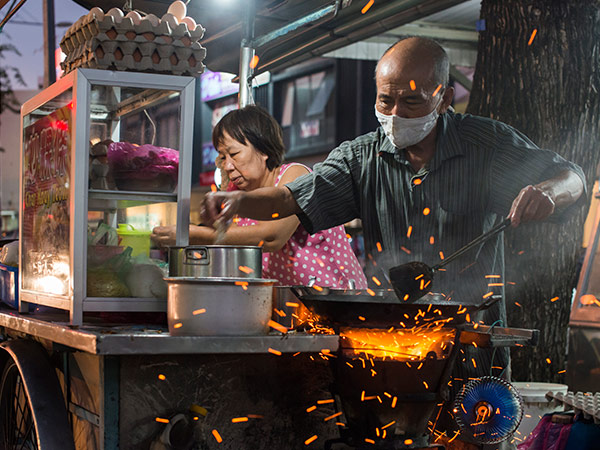
Be captivated by mouth-watering dishes in Penang.
Feast on a steaming bowl of nasi ulam nyonya in the heart of George Town, a UNESCO World Heritage site known for its immaculately preserved architecture and mind-boggling street art. Wander the Street of Harmony to see Malaysia’s multitude of cultures and religions side by side, then stay at Cheong Fatt Tze (The Blue Mansion), an iconic boutique heritage hotel displaying Baba Nyonya heritage.
A 90-minute drive from Kuala Lumpur lies Melaka, yet another Malaysian UNESCO World Heritage city. Float down the Melaka River and stare, mouth agape, at the rainbow of ancient buildings lining the winding path of water. Also, reserve at least one evening for the famous Jonker Street Night Market. Weave through the jovial marketgoers and explore an array of stalls selling everything from eccentric knick-knacks to moreish fried oysters (a must-try for any seafood connoisseur).
Spend hours engrossed in the history of the Cheng Hoon Teng temple, Malaysia’s oldest running place of worship, or uncover the curious background of A Famosa, a Portuguese fortress that has been standing since the early 1500s. History buffs will have an absolute field day.
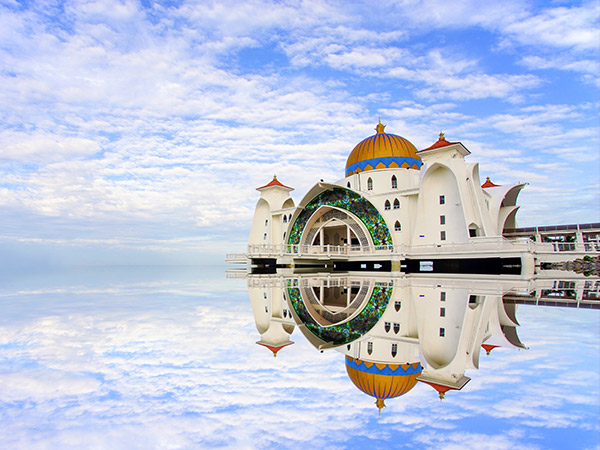
See the stunning historic buildings lining Melaka’s banks. (Image: Asnida Marwani)
2. Malay culture
Stunning temples and mosques dot the state of Terengganu, an intriguing location that emphasises the country’s impressive flare for architecture.
Roughly four kilometres from Terengganu’s city centre sits Terengganu Cultural Village, a ‘living museum’ designed to immerse visitors in Malaysian culture. Much of the museum is interactive, with smaller villages making up the expansive complex. Venture to the museum’s fishing village and sample keropok, a savoury fish cracker fried in sand. The cooking method reflects long-held Malaysian traditions and is just one of many nods to the country’s ancestors. A visit to Terengganu Cultural Village highlights the diverse nature of the state and encourages guests to interact with every exhibition they come across.
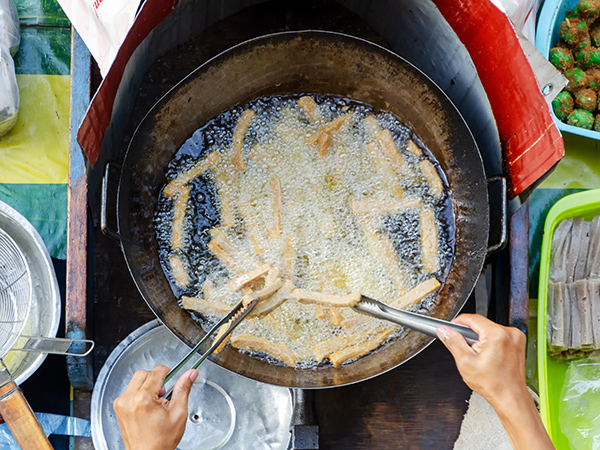
Savour the crunch of keropok.
For a glimpse into 17th-century life, Terrapuri Heritage Village awaits travel-weary guests. Just over an hour’s drive from Terengganu Cultural Village, the resort is a restoration project that incorporates 29 ancient homes flanked by the South China Sea and the Setiu Wetlands. This inviting resort has everything required for a restful pitstop: a refreshing pool, private villas, a world-class restaurant and an onsite spa. The combination of 100-year-old buildings and modern luxuries is enough to warrant whiplash in the best way possible.
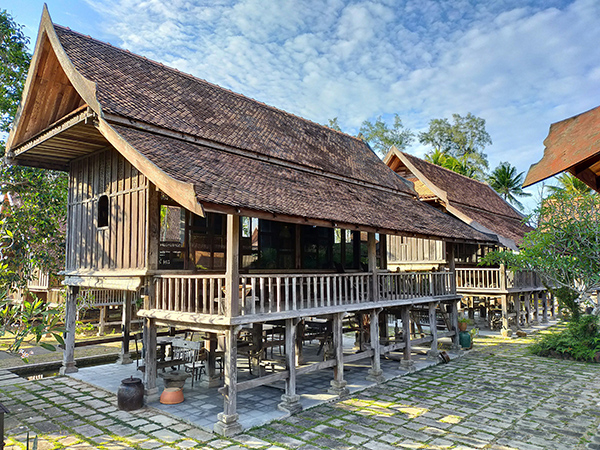
Immerse yourself in Terengganu’s rich heritage at the Cultural Village. (Image: Faizah Othman)
Once Terengganu has been thoroughly explored, depart for the neighbouring state of Kelantan. The ‘Cradle of Malay Culture’ is true to its nickname, as visitors can expect a whirlwind of traditional music, festivals and performances honouring the country’s customs. Stop by Gelanggang Seni, a cultural centre in Kelantan’s state capital of Kota Bharu, and witness a range of authentic Malaysian pastimes including top spinning, shadow puppetry, the art of self-defence and ceremonial drumming.
After the eyes and ears have been satiated, it’s time to treat the taste buds at Siti Khadijah Market. Kelantanese cuisine shines at this sprawling collection of stalls. Indulge in nasi tumpang, which resembles a rice-laden ice cream cone wrapped in a banana leaf, or nourish the soul with a hearty Siamese laksa.
Kota Bahru’s cultural zone also includes Handicraft Village, where you can inspect a range of intricate embroidery, expertly made silverware and learn about the craft of batik.
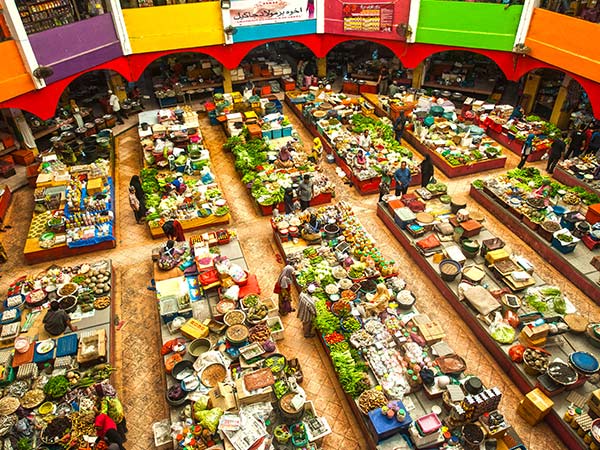
Explore a vibrant array of fruits and vegetables at Siti Khadijah Market.
3. Indigenous culture
The indigenous peoples of Malaysia make up approximately 11 per cent of the entire country’s population, and their influence on the culture is as prevalent as ever.
The first stop on the final leg of this cultural tour is Sabah, a state teeming with natural landmarks and vibrant beaches. Sabah’s Mari Mari Cultural Village doubles as a living museum and attendance helps preserve the culture of Borneo. Visitors are able to participate in long-standing traditions; peek behind the curtain of ancient tattoo-making, listen to enthralling folk stories, and taste Indigenous cuisine. Once the tour is complete, head to nearby Kiansom Waterfall for a swim to stave off the humidity.
Monsopiad Heritage Village, in the cultural centre of Donggongon, offers a different perspective on the Malaysian way of life, shining a light on the Kadazandusun people. Go back to over three centuries ago, when Monsopiad occupied the very village guests see before them. The House of Skulls is an eerie yet essential stop, as is the onsite restaurant providing visitors with local specialties.
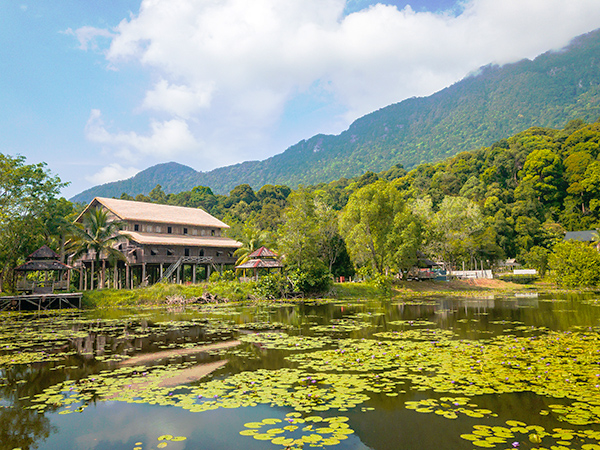
Experience long-standing traditions at Sarawak Cultural Village.
Sarawak, the largest state in Malaysia, marks the final destination to round out this whirlwind adventure. Here, 26 ethnic groups coexist in this tropical paradise on the coast of Borneo, boasting enough natural wonders to satisfy the most adventurous of travellers.
While travelling around the city, one destination needs to be visited first: Sarawak Cultural Village. Occupying 17 acres of land, this living museum is dedicated to the Iban, Bidayuh, Orang Ulu, Chinese, Malay, Melanau and Penan peoples. Join local guides in beadwork and paddy pounding, or observe an award-winning dance troupe showcase their talents twice a day.
The Sarawak Iban Longhouse Homestay is a two-day tour that starts in Kuching and ends at Iban Longhouse. Guests have the opportunity to follow in the footsteps of the Iban tribe, learn traditional hunting methods, eat meals sourced from the land, and celebrate the culture through dance as they journey along the river and roam through tiny villages and rubber fields. Once at the longhouse, they have the chance to mingle with the locals and listen to their wealth of knowledge. To become fully entrenched in the local way of life, stay overnight in a working longhouse with resident tribespeople for a unique and insightful experience.
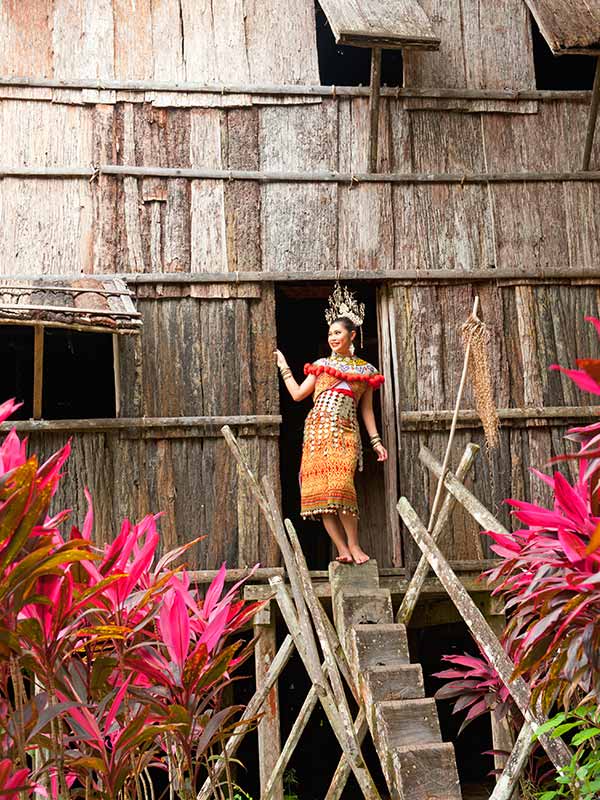
Learn about local tribes and their traditions.
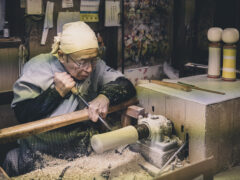
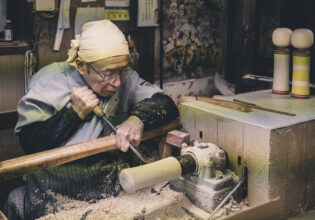
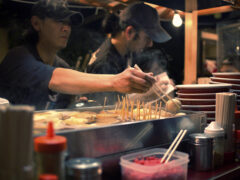
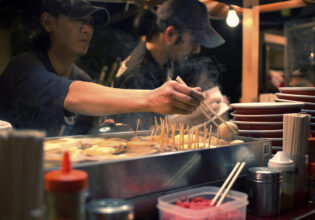
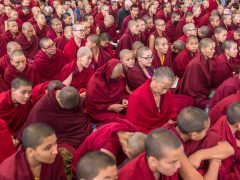
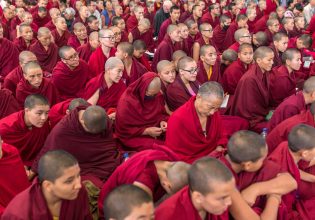
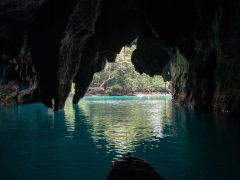
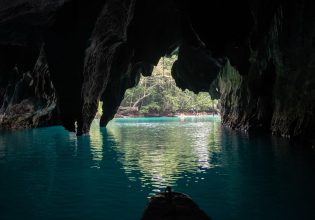
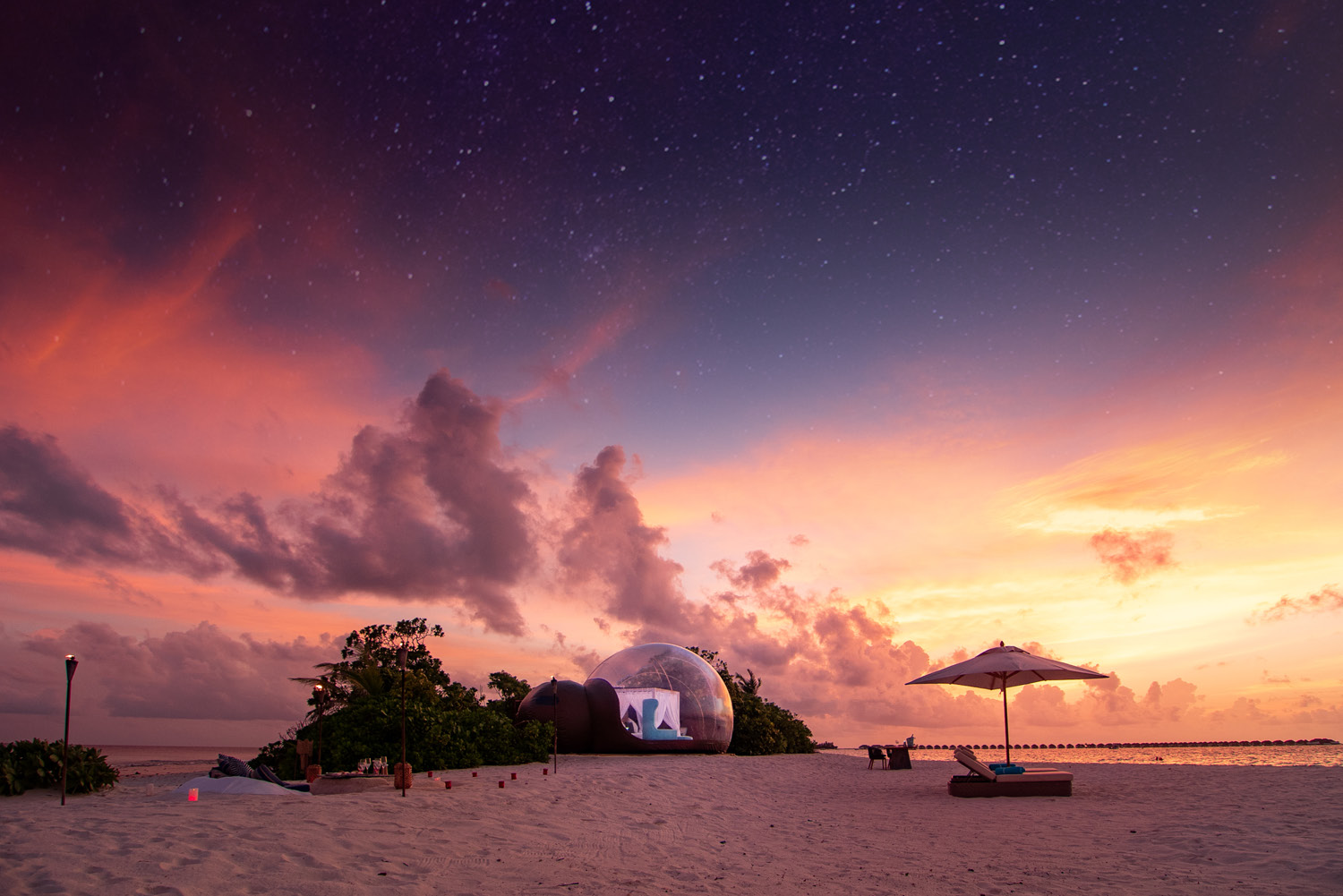
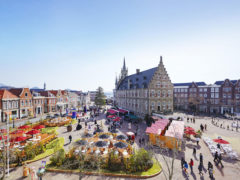
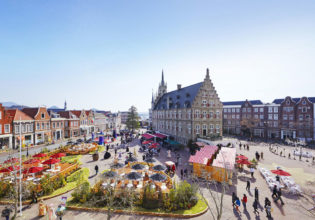

Great article